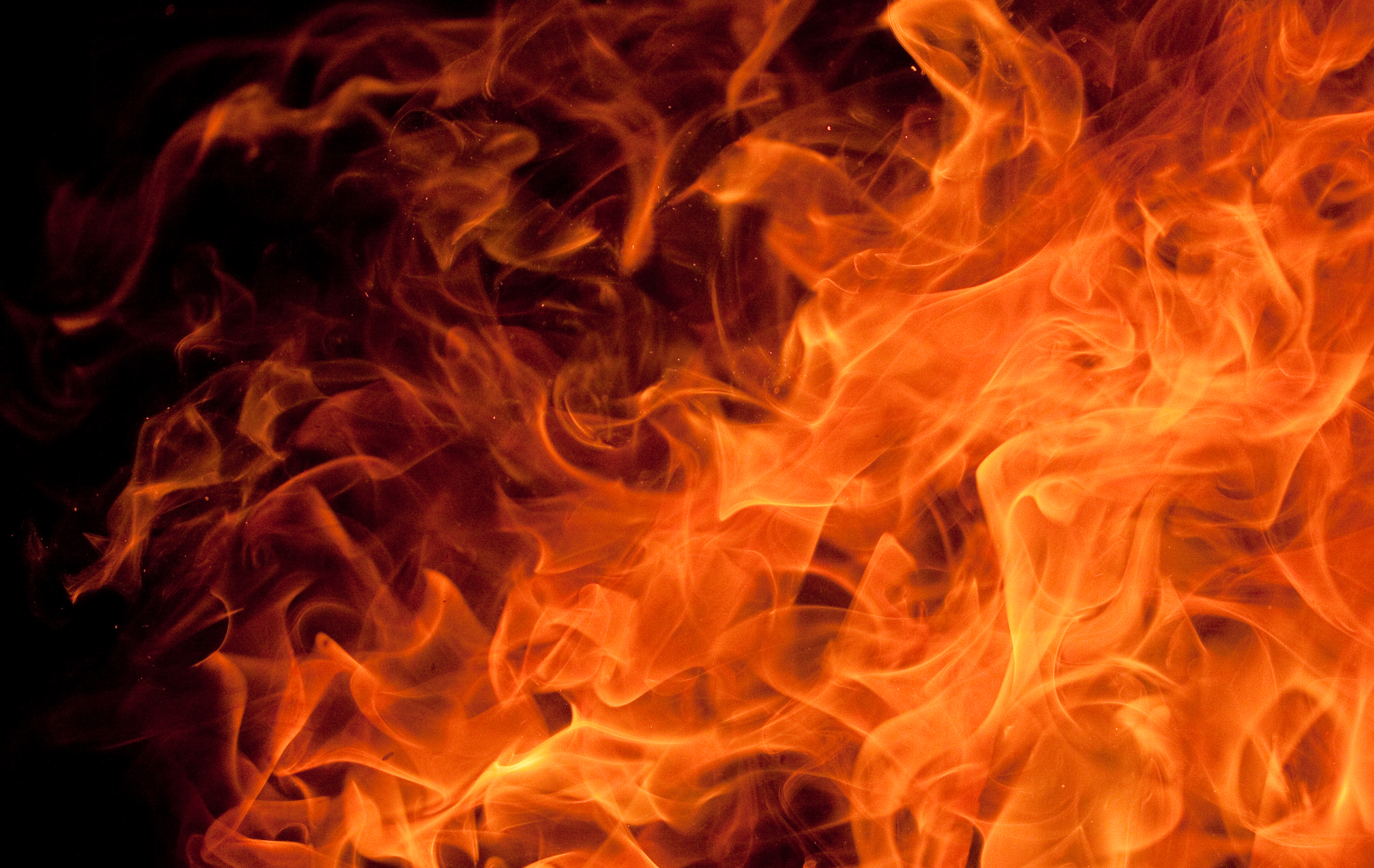Even with a subway fare hike looming, the MTA chairman is pushing the board to consider authorizing overtime costs for platform conductors to ease the unprecedented overcrowding on the subways.
Comparing the daily commute to a pot of boiling water, chairman Tom Prendergast told the board Wednesday: "You either reduce the flame or you cap it. If you don't, it all spills out."
Prendergast says platform conductors -- the people with the flashlights who can signal engineers to move packed subways out of the station faster -- can also try to cure riders of some bad habits.
"Some New Yorkers are afflicted with a disease of not waiting until people leave before they enter," he said.
Riding on the Lexington Avenue line Wednesday, frustrated commuters on the nation's busiest subway line agreed.
"You gotta push people in, it's the worst line in New York City," said Kat Azcona.
"It's real bad, my brother. Real bad," said Rafael Diaz of the Bronx.
Local
NBC 4 New York first reported earlier this month that record ridership on the subways has led to more frequent delays and crowding. The MTA has recorded 6 million riders a day at least 18 times since September.
And new statistics released Wednesday show about 25 percent of all subway trains are at least five minutes late: about a quarter of all trains arrived at the end of the line at least five minutes late between October 2013 and October 2014. That's up six percent from the previous 12 months.
The MTA says that on average, there were 41,500 delays a month. That's a 51 percent increase over the previous 12 months.
The news comes days after last week's massive subway meltdown that stranded thousands of straphangers, forced train evacuations across the system and saw one train crowded with passengers opening its doors on the wrong side of the tracks.
A high-tech signal system to ease systemwide meltdowns like that is still $5 billion away.
"To say it presents challenges is an understatement," Prendergast said.
Some riders hope extra manpower on the platforms will make their trips more tolerable.
"That'll make a great difference, controlling the crowd," said Judy Michelle.
Erica Leib observed "some people don't get on, you have to wait for the next one. The next one's packed, so we need options."
But Azcona remained skeptical.
"I don't think anything's going to help. Maybe the Second Avenue subway," when it opens in two years, she said, but in the meantime, "I don't think anything in the next couple of years."



